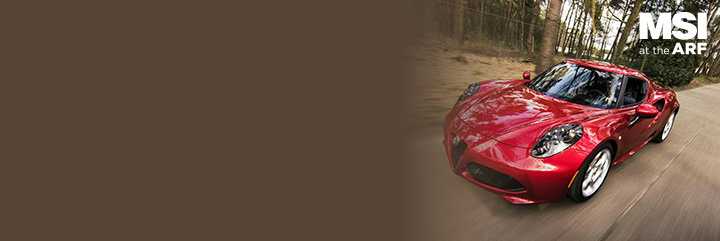Our framework serves as a proof-of-concept of using AI to morph between two distinct subject domains for product aesthetic design.
Aesthetic design is a mainstay of the automotive industry. One of the most successful is the bio-inspired design. This is when automotive designers draw inspiration from nature. However, implementing such a design can be costly. To help bring down the cost and streamline the process, researchers Bowei Chen, Jingmin Huang, Mengxia Zhang, and Lan Luo proposed a deep-learning-based computational framework to morph bio-inspired features, such as the sleek body curves of running cheetahs, into the aesthetic design of sports sedans for mid-generational automotive facelifts.
When compared to the traditional approach, the proposed framework can be readily automated and scaled. The deep machine learning approach consists of three modules for facelifting the side-view design of sports sedans using features inspired by cheetahs. The first analyzes a cheetah’s movements and identifies the curves that best capture its body dynamics. The second module processes sedan side-view images and extracts shoulder and waist curves for each sedan model in the study. The third module morphs the curves of the sedan with the learned curves of the running cheetah to generate new bio-inspired exterior designs for each target sedan model.
Researchers conducted a pre-test with 317 MTurk participants intending to purchase a sedan. The goal was to determine whether priming consumers to perceive the appearance of an automobile as bio-inspired (e.g., by a cheetah) impacts their evaluation of its design. Findings confirmed that sedans combined with the image of a cheetah rated higher on acceleration, exotic appeal, speed and strength than sedans with no image, while those combined with the image of a rhino rate higher only on strength.
The 10 most popular sedans from U.S. News and JD Power 2019 rankings were used, divided equally between premium and mainstream models. Three extra sporty sedan models were also included to test boundary conditions. For each of the 13 models, 275 subjects used a slider scale from 0 (current design) to 20 (most extreme) to vary the degree of cheetah morphing in shoulder and waist curves.
Overall, participants tended to favor shorter and curvier shoulder and waist curves, along with a more pronounced slope. These changes can be visually identified and are consistent with the trend over recent generations of the BMW 3 Series. Higher degrees of cheetah morphing are preferred for premium sedans and extra sporty models by high-income consumers.
A second study with 284 participants used the slider scale but depicted sedan models in either white (control) or in one of two test conditions: red or cheetah print. Compared to the control condition, participants in both the red color condition and the cheetah print condition preferred sedans with higher cheetah ingredients.
Read the full report: Does That Car Want to Give Me a Ride? Bio-Inspired Automotive Aesthetic Design.

